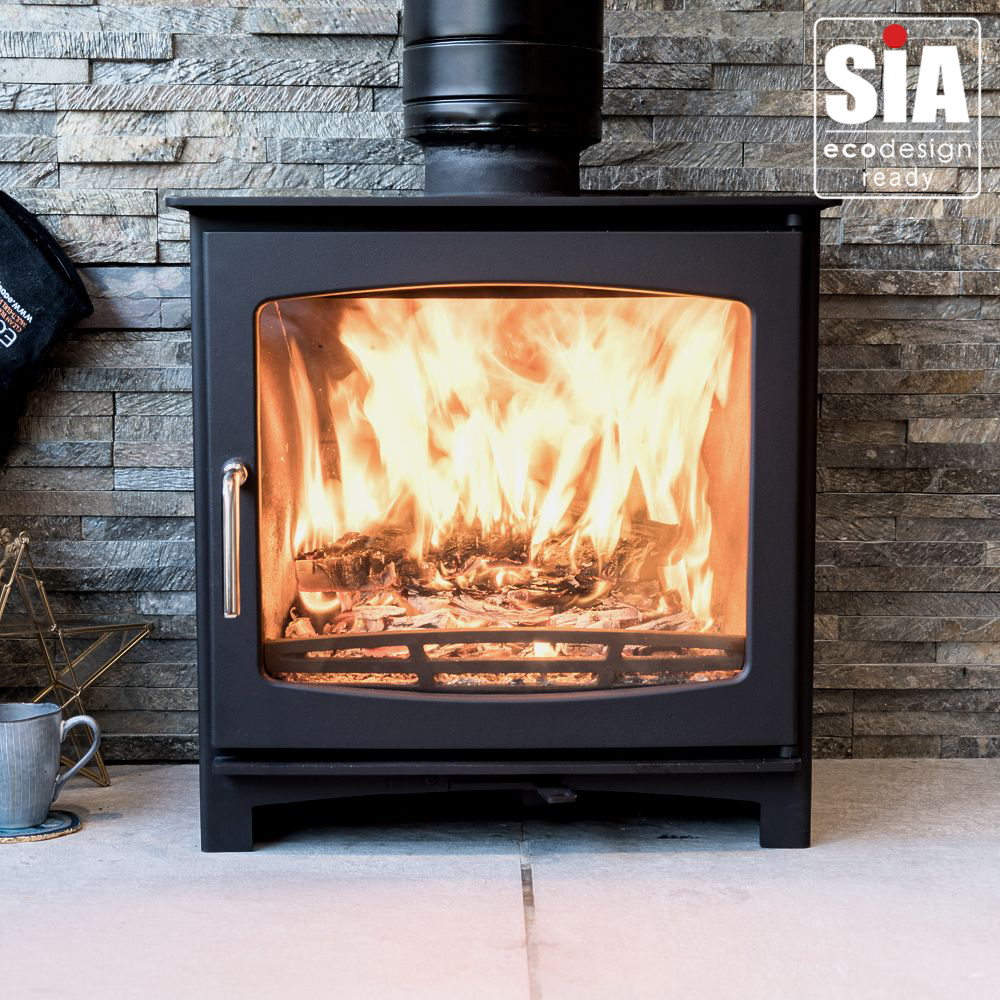In recent times, wood stoves have gone through a significant resurgence, fascinating property owners and enthusiastic enthusiasts as well. With their vintage charm and efficient warming performance, these stoves provide a perfect blend of sentimentality and practicality. While people increasingly pursue sustainable and affordable heating solutions, learning the art of operating a wood burning stove is turning into an important ability for those who wish to enhance their living spaces as they adopt a more sustainable lifestyle.
This detailed guide will lead you through all you need to understand about wood burning stoves, from recognizing the benefits and disadvantages to choosing the right model for your house. If you're a curious starter considering the idea of setting up one or a veteran user seeking tips to enhance your usage, we will cover a variety of topics including maintenance, safety, and performance. As we unravel the details of this timeless heating method, you'll discover how to make the most of your wood burning stove and transform your home into a cozy retreat.
Understanding Wood-Burning Stoves
Firewood stoves continue to be a crucial component of residential heating for centuries, delivering heat and a sense of comfort during the winter months. Their appearance has developed, embracing both classic aesthetics and modern technology to boost effectiveness and performance. These stoves utilize logs as their primary fuel source, providing an attractive alternative to conventional heating methods, especially for those seeking a less conventional or independent lifestyle.
One of the main benefits of wood burning stoves is their ability to generate radiant heat, which warms the surrounding air and surrounding objects. This type of heating generates a warm atmosphere that is hard to duplicate with central heating systems. Additionally, with the appropriate model, wood burning stoves can be highly efficient, converting a significant portion of the fuel's energy into heat, which can lead to decreased energy costs over time.
However, it's essential to understand the responsibilities that come with possessing a wood burning stove. Safety practices, proper maintenance, and choosing the correct type of wood are essential to guarantee best performance and minimize potential hazards. By being informed and following the required precautions, users can reap the many benefits of a wood burning stove while also promoting sustainable living.
Protection and Upkeep Guidelines

To guarantee protected operation of your wood burning stove, it's important to stick to certain safety guidelines. Always keep a secure distance between your stove and any combustible materials, including furniture, curtains, and accessories. Install a smoke detector in the same room and a carbon monoxide detector in close proximity. Regularly check and clean the chimney and flue to prevent creosote buildup, which can lead to unsafe chimney fires.
Regular maintenance is critical to increasing the life of your wood burning stove. Inspect the stove for any damages or wear, paying close attention to the door seals and glass. Cleaning the stove's interior after each use and ensuring that the ash pan is cleaned regularly will assist maintain efficiency and safety. You should also think about scheduling a certified cleaning and inspection annually to keep the system in top condition.
When using your wood burning stove, make sure to only burn seasoned hardwoods, as they produce reduced smoke and create a hot and cleaner burn. Avoid burning treated woods, plastics, or other materials that can produce dangerous emissions. Practicing good fire management, such as maintaining a steady fire without overfilling the stove, will enhance safety and ensure that your heating source operates effectively.
Impact on the Environment and Efficiency
Firewood heaters have garnered diverse opinions concerning their environmental impact. On one hand, such heaters can add to carbon emissions when not used properly or when burning the wrong types of wood. However, when well-managed, they can actually be part of a renewable heating option. Using dry wood and maintaining proper combustion conditions can reduce particulate matter and emissions, making them a better for the environment option compared to fossil fuel heating systems.
In terms of performance, contemporary wood burning stoves are designed to extract more heat from each log, greatly surpassing older models. Advanced technologies, such as secondary combustion systems, can lead to greater heat output efficiency, meaning a smaller amount of wood is necessary to produce the same amount of heat. Families who invest in these efficient stoves not only enjoy decreased fuel expenses but also contribute to cutting down deforestation and promoting responsible sourcing of firewood.
In the end, the key to optimizing the benefits of a wood burning stove lies in adequate use and care. Routine maintenance, correct setup, and compliance with regional emissions standards can ensure that the stove operates effectively while reducing its environmental footprint. By selecting Browse around this site and using it wisely, homeowners can enjoy a cozy environment while being aware of their environmental footprint.
